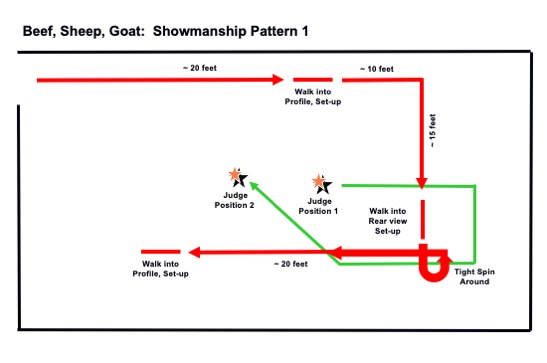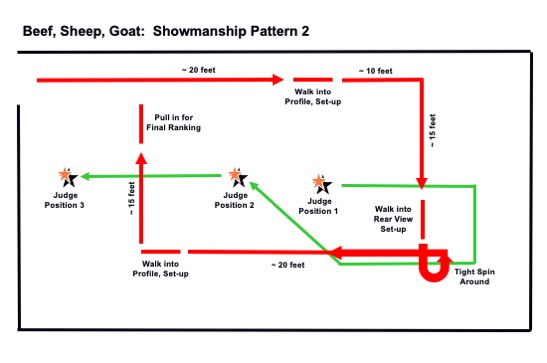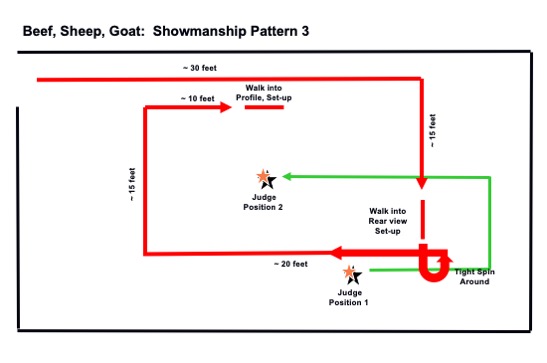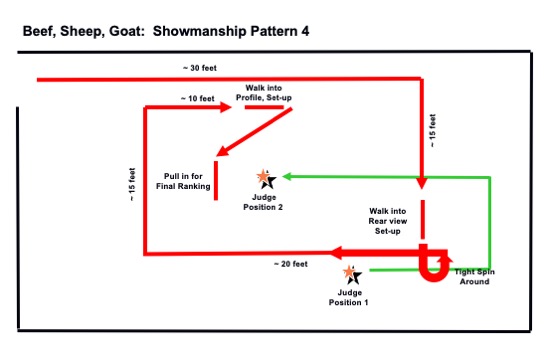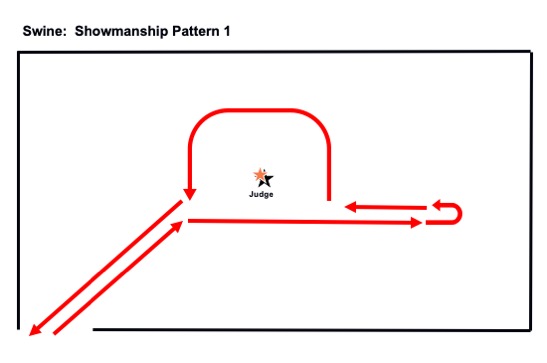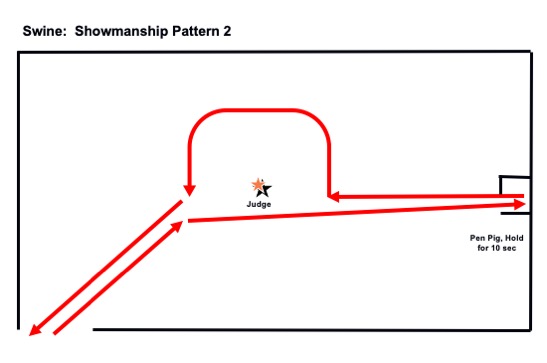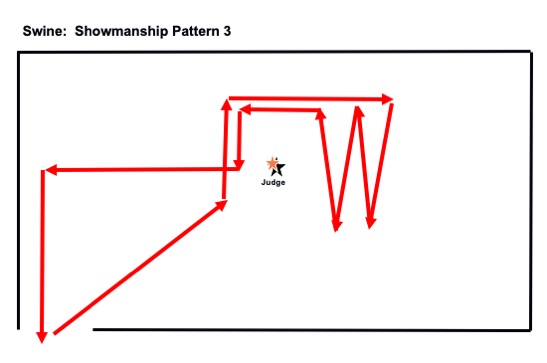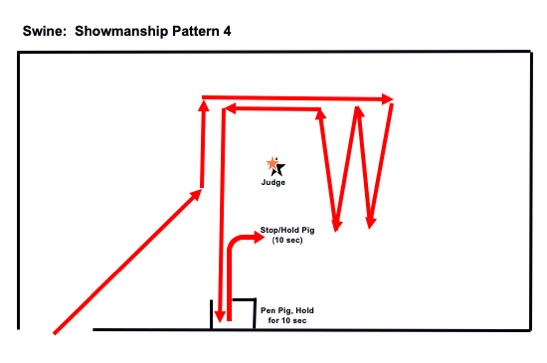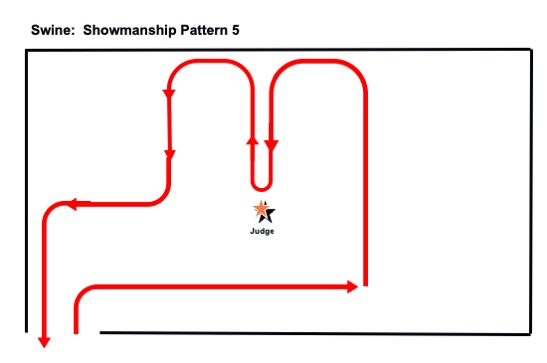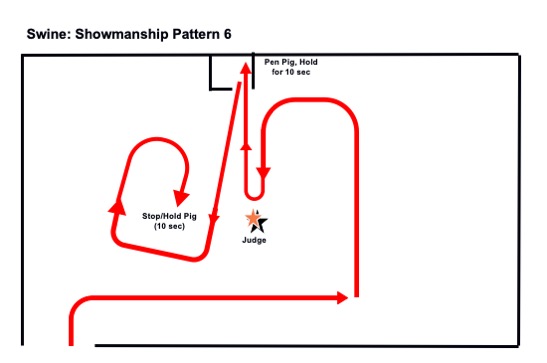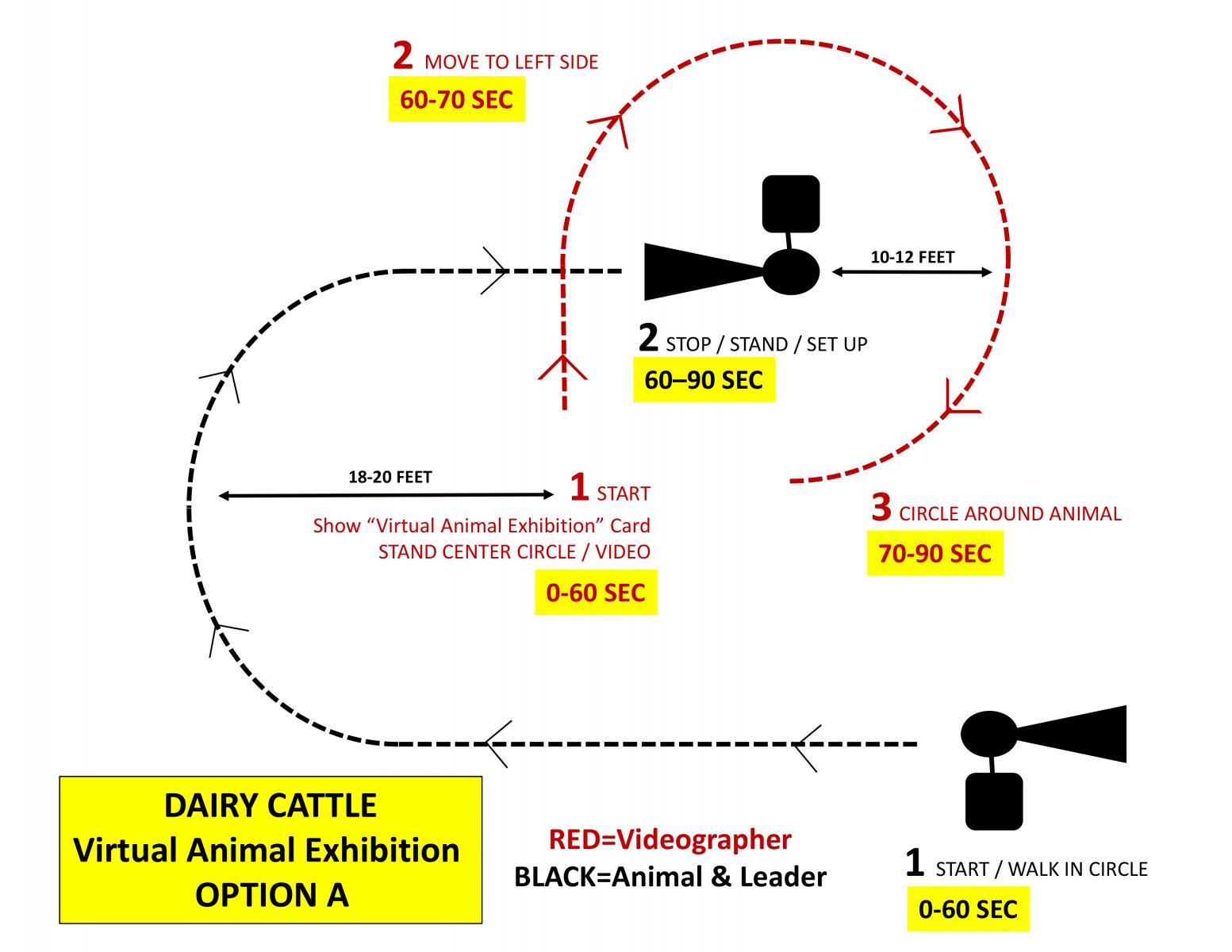Nebraska 4-H is looking forward to working with each of our county fairs across the state. Due to restrictions currently in place by COVID-19, many county fairs are looking at options for how to showcase 4-H’ers and judge 4-H exhibits and contests. We are working closely with Ag Societies/ County Fairboards, local Health Departments, and 4-H Councils to make decisions that will best meet local needs while complying with state/regional/local guidelines and policies.
We are operating under:
- the Nebraska Department of Agriculture's Guidance for Restricted Fair Openings in Nebraska to Slow the Spread of COVID-19
- the Nebraska Department of Agriculture's Guidance for Livestock Shows and Events in Nebraska to Slow the Spread of COVID-19
- the current Directed Health Measures that are applicable for that county
While each county will look different based on local needs and restrictions, 4-H will offer ways for youth to celebrate their accomplishments and showcase the work they’ve been doing throughout the year.
Static Resources
Event coordinators may choose to host a virtual fair. Virtual fairs may involve photographing or videoing static exhibits. Please contact specific event coordinators for rules, guidelines, and specifications. For general tips and recommendations, you may also review our best practices for documenting exhibits in photos and videos.
Livestock Resources
In the event that a 4-H livestock show is canceled, event coordinators may choose to host a virtual show. Please contact specific event coordinators for show rules, guidelines, processes, and specifications. The resources provided below are intended to be used in preparation and training for a virtual show.
General Video Production Tips
- Keep the recording device horizontal (not vertical) when shooting the video.
- Stabilize the recording device (set it on a table, use a tripod, etc.) so the shot is steady.
- Use natural lighting. For the best lighting, shoot on an overcast day.
- Avoid cluttered backgrounds.
- Videos should not include any past awards, banners, promotional materials, etc.
- Videos should not include any other people in the background.
- Videos should be shot on a flat surface. If the video is shot on grass, it should be a mowed lawn surface.
- Do not use the zoom on the recording device - get physically closer instead.
- No editing of the videos is allowed.
- No text or audio is allowed.
- Exhibitors should wear appropriate show clothing as if he/she were in the actual showing (no hats, t-shirts, shorts, etc.)
- Exhibitors should act and show as if they were in the show ring.
- Unless answering questions for showmanship purposes, the showman shouldn't talk. No details regarding the animal should be given during the video.
- If competing in showmanship, the exhibitor's face and full body should be within the video frame at all times.
Example Videos
Notes
- The low quality of the video make it difficult to see and judge the animal. Try adjusting the video settings, or try using another recording device.
- No audio is allowed. Unless otherwise specified in the show rules, neither the showman nor the videographer should speak
- The videographer should not instruct or guide the showman during the video.
- No people besides the showman should be visible.
Notes
- No people besides the showman should be visible.
- The background is cluttered and distracting.
Notes
- The video quality could be improved. Try adjusting the video settings, or try another recording device.
Notes
- No audio is allowed. Unless otherwise specified in the show rules, neither the showman nor the videographer should speak.
- The videographer should not instruct or guide the showman during the video.
Notes
- Videos must be shot horizontally
- The animal should have been washed and show-ready
- Showman should wear appropriate show attire. In this video, the showman should be wearing a 4-H shirt or have a 4-H emblem visible.
Notes
- The animal should have been clipped and show-ready
- The video was shot on an overcast day producing ideal lighting and eliminating distracting shadows.
- Other people should not be visible in the background (0:32).
Notes
- Coming soon!
Notes
- Shooting outdoors might provide better lighting.
Notes
- The low quality of the video makes it difficult to see and judge the animal. Try adjusting the video settings, or try another recording device.
- For an animal evaluation video, the videographer should have gotten closer to the animal.
Sample Showmanship Patterns
